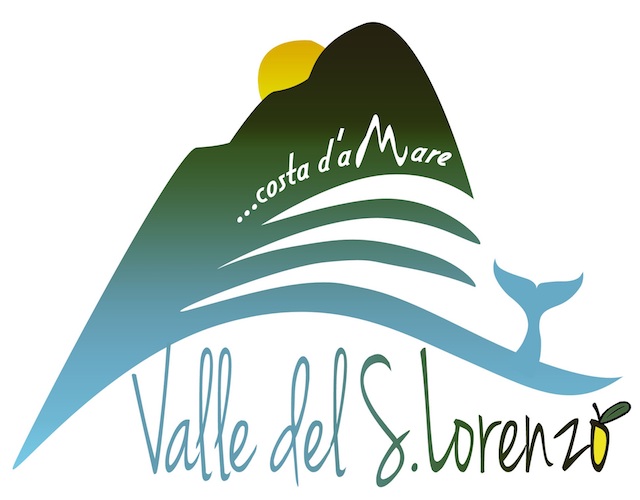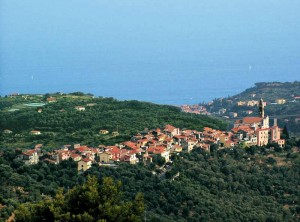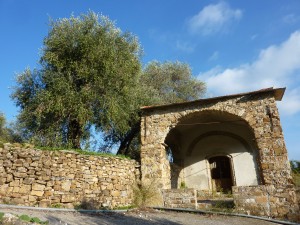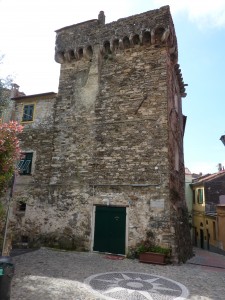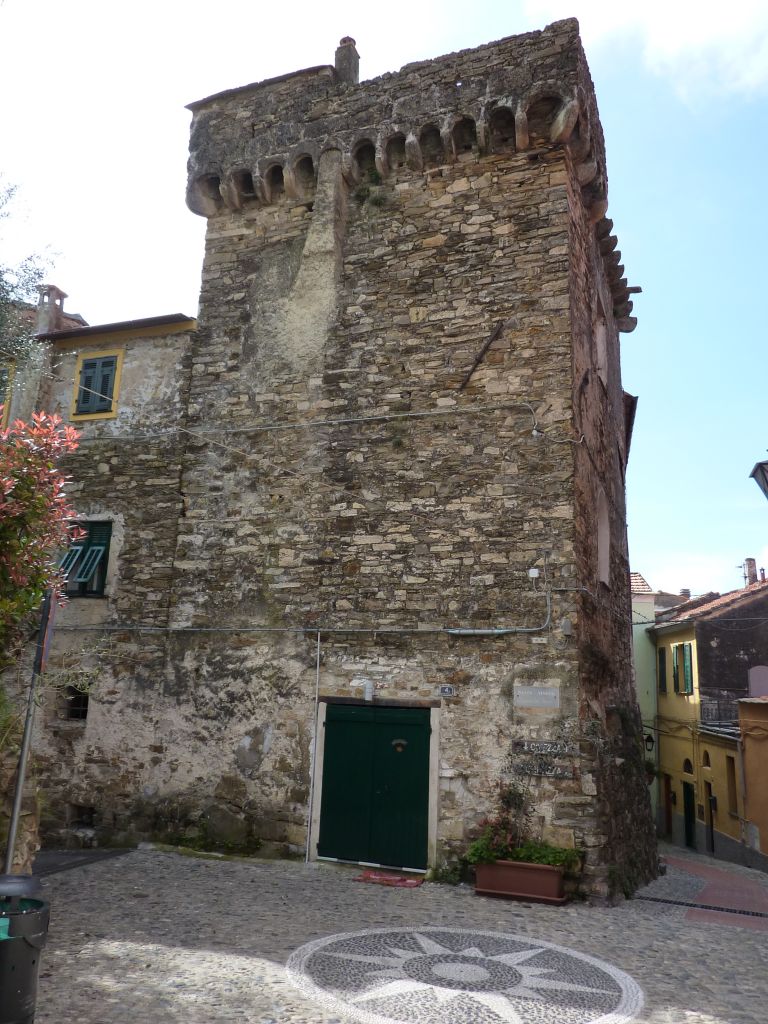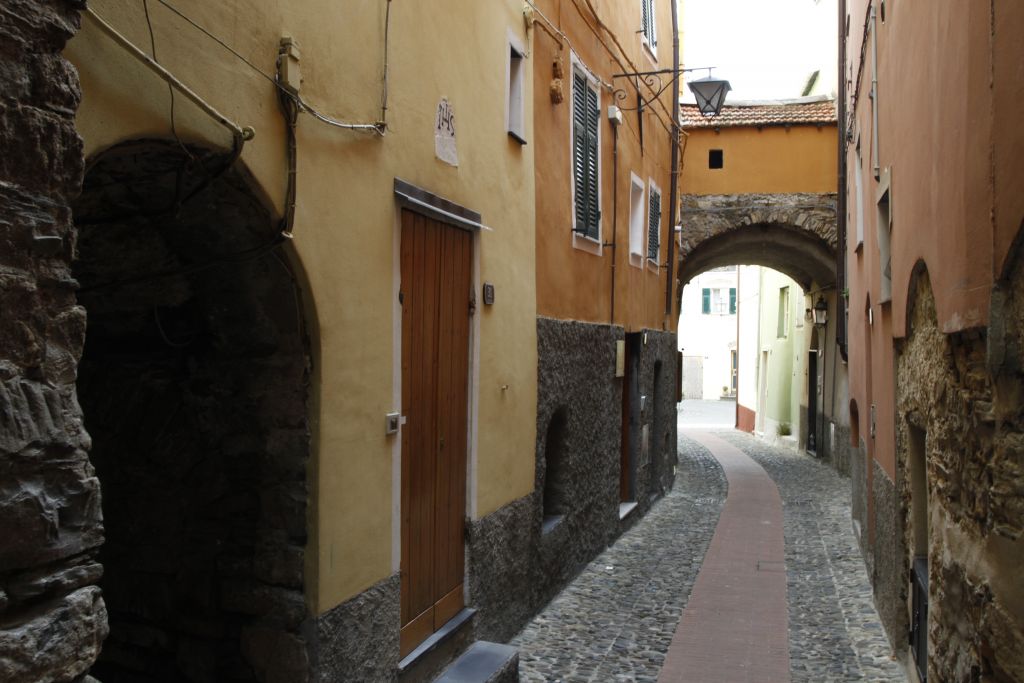According to tradition, the village was founded in the XII century by three exiles from Venice, a Ricca, a Dolce (or Dolca) and an Arrigo, who renamed the destination of their voyage “cives etiam” (“also” or “Always citizens”), in pious and nostalgic reference to their status as citizens of the “Serenissima”. However the construction of the first settlement in Civezza (in the local dialect “Sivessa”) actually dates back to the beginning of the 11th century and it initially belonged to the Marquises of Clavesana and then was handed to the Communitas (or municipality) of Porto Maurizio in the mid XII century, which united it with the Terziere of San Giorgio, with its administrative centre in Torrazza.
A characteristic hamlet with and elongated shape in the Ligurian inland, for years Civezza gave its name to the stream which flowed to the bottom of the valley, the aqua Civecie (the “river” or “stream of Civezza”), marking the juridical borders between the various constituencies facing it: the Municipality of Porto Maurizio; the Benedictine “Principality” of Villaregia; the feudal Signorie of the counts of Ventimiglia and Clavesana and later of the Lengueglias and Dorias.
Although tradition states that the origin of the residential area is on the rural site of the San Salvatore’s oratory, today the oldest centre of the hamlet is that which is enclosed within the imposing tower houses of the historical centre, which stand closely next to each other at the summit of a plain.
On this compact medieval urban area, ancient heart of Civezza, begins a 16th and 17th century buiding development which was supported mainly thanks to the financial rise of local influential people and those who traded in oil and wine. Dated to this period are indeed the formation of the most shielded and scenic quarters, the construction of the main religious buildings, the carving of the slate architraves, the addition of animal traction oil mills and above all the construction of a system of bastions, the “five towers”, which defended the inhabitants who faced fearsome Turk-barbarian invasions from the XVI to the XVII century.
Delicately perched on the peak of a rocky ridge which falls into emptines, “beached like a boat, fragile and light” (Francesco Biamonti), the same Civezza which witnessed the passage of Napoleon Bonaparte (1796) and hosted the writer Aurelio Saffi (1849), boasts of enviable panoramic exposure. Suspended amidst stretches of olive trees, vineyards and Mediterranean scrub, the hamlet offers the opportunity to take a walk along the shaded streets of the well preserved medieval centre and to admire one of the most picturesque and impressive religious centres in the whole of Western Liguria.




